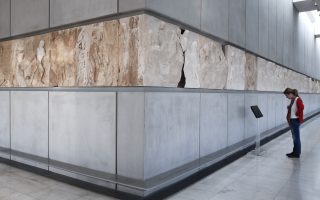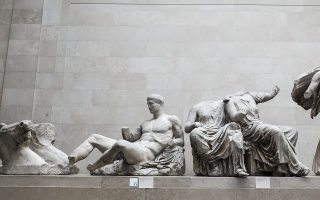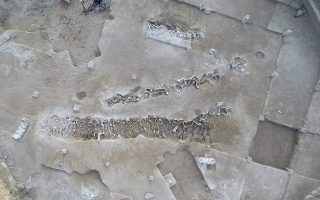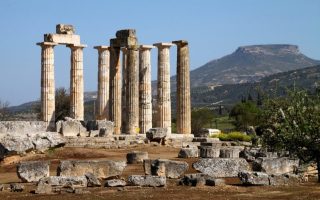Tiny Epics YouTube channel brings ancient Greece to life
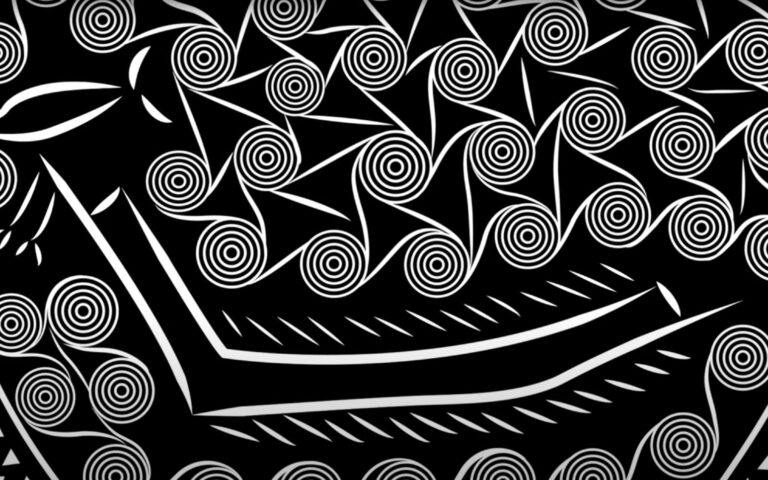

Did you know that Medusa wasn’t always a monster? Or that Early Cycladic marble figurines were originally painted with tattoo-like markings? Well, fret not, because a brilliant, new channel on YouTube, packed with fun and informative videos about Greek mythology, archaeology, and plenty more besides, has got it all covered.
Tniy Epics History, the brainchild of YouTuber Lance Hewison, is the definitive one-stop-shop for videos about Greek myth and the ancient world.
Lance, an artist from San Francisco, California, currently residing in Germany, launched the channel in 2020, driven by a need to “stay sane” during the successive Covid-19 lockdowns. His lifelong passion for art, history, mythology, and archaeology, combined with an interest in creating videos and sharing knowledge with the public, has so far resulted in over 20 videos.
Clearly presented, concise, and featuring some eye-catching photography and graphics, most of the videos are under 10 minutes in length and are not bogged down with stultifying academic jargon. As such, Lance’s videos strike that perfect balance between being both entertaining and educational. In sum, they’re wonderfully accessible, and with 16,700 subscribers to his channel to date, and well over 1 million views for his 2021 video on the goddess Athena, he’s clearly on to a good thing!
Cycladic civilization
Lance has organized his YouTube channel into six playlists, each featuring a series of videos on a particular theme. The first playlist focuses on the art and archaeology of the mysterious Cycladic civilization of the Early Bronze Age, renowned for its otherworldly white marble figurines with folded arms. Among the four videos in this list features a 19-minute interview with the legendary British archaeologist, Colin Renfrew, one of the world’s leading experts on Bronze Age Aegean culture.
Another video features some stunning drone footage of the island of Milos, a vital source of obsidian (black volcanic glass) from the end of the last great ice age.
Minoans
Another playlist provides fascinating insight into various aspects of life in the Minoan Bronze Age, which flourished on the island of Crete from ca. 3000–1450 BC. Eight videos, including an interview with Greek archaeologist Nanno Marinatos, explores a range of topics from the famous frescos of Knossos and Akrotiri, and Minoan religion, to the cultural significance of the iconic double axe (also referred to as a “labrys”).
Greek gods explained
The lengthiest playlist on the channel is focused on Greek mythology, offering 10 videos on the Olympian gods – the major deities of ancient Greek religion. Each of these slickly produced videos provides fascinating commentary of the origin stories of each god, their character traits and representation in ancient Greek art and literature. This playlist is an absolute must for anyone wanting to brush up on their Greek myths.
A new Odyssey
A more recent feature of the channel is a playlist of Lance’s recent springtime travels around Greece, providing a series of six travelogue videos titled “A New Odyssey.” These include a brief tour of the Hill of Muses in Athens, joining in the Greek Independence Day celebrations on March 25th, and a trip to the Bronze Age citadel of Mycenae in the Argolid.
Lance has also launched a dedicated website, featuring a video library of all his YouTube posts to date, and a useful section on books based on the world of Greek mythology. Purchasing books through the website helps support the Tiny Epics channel. To cap it all off, the site also offers a range of Tiny Epics merchandise, where you can buy all sorts of fun Greek history and mythology-themed items, from t-shirts and hoodies, to mugs, posters, and stickers.
The Tiny Epics History YouTube channel and its accompanying website is very much a work in progress, and we look forward to watching this creative project grow and develop in the months and years ahead.
This article first appeared in Greece Is (www.greece-is.com), a Kathimerini publishing initiative.
